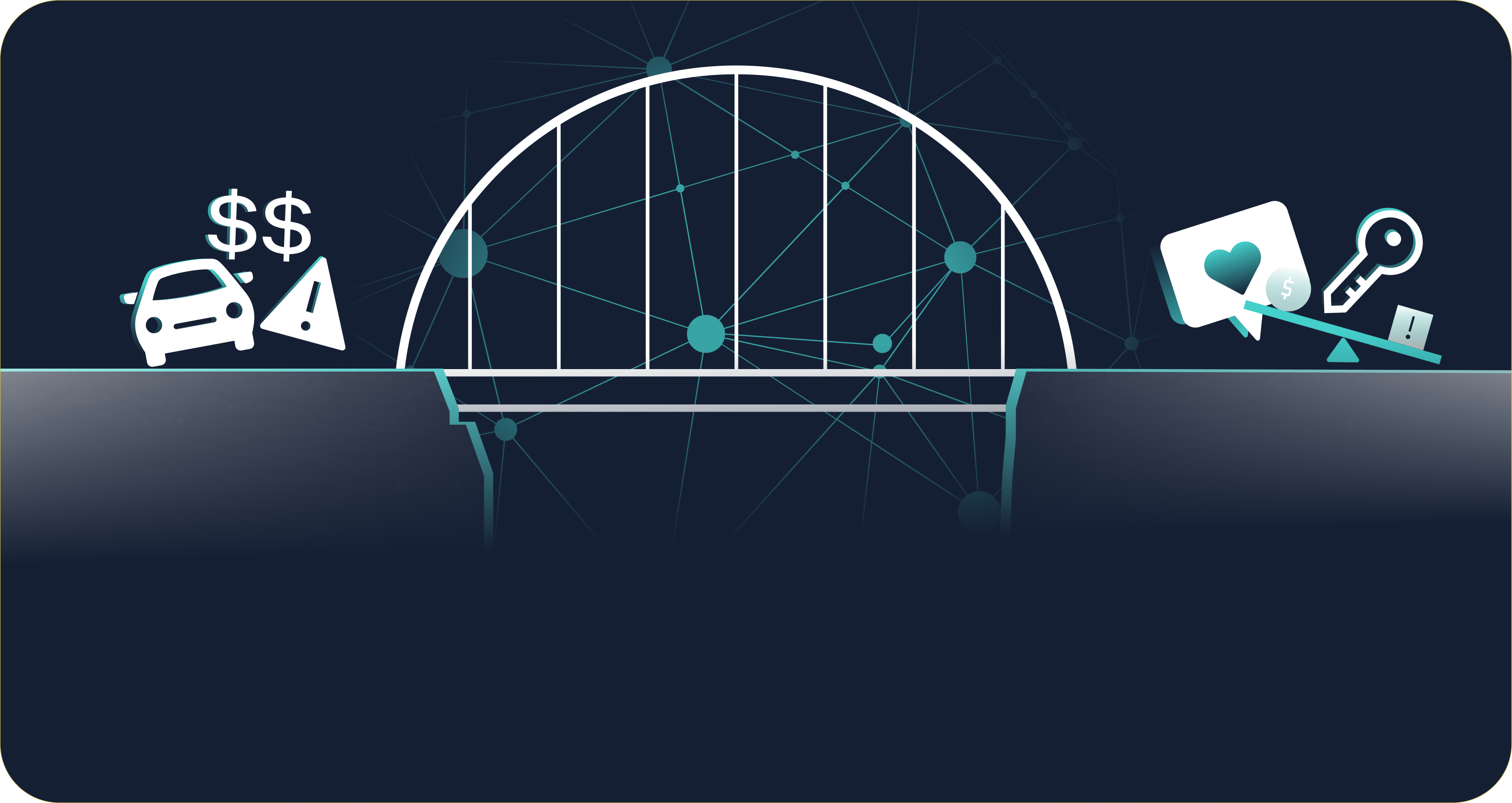Level up with AI before you level out: Unlocking new skills and proficiency with AI

Unlocking new skills and proficiency with AI
AI can add efficiency, resilience, and scalability to lending operations, but like any technology, it requires a well-rounded understanding to unlock its full value. Lenders who aren’t focusing on deepening their knowledge of and use of AI risk obsolescence. Just like the internet and digital banking have reshaped lending in just a short time, AI is poised to do the same.
In recent years, AI has evolved from a sci-fi trope to a workplace staple. According to a study by Boston Consulting Group (BCG), 80% of business leaders use generative AI regularly.
Lenders are also recognizing AI’s potential and making strategic moves to capitalize on it. A recent report surveying FI leaders conducted by Cornerstone Advisors showed that 80% of respondents believe AI will benefit their organizations, with 54% planning to invest $100,000 or more in AI technology over the next three years.
The pressing question becomes: can lenders afford to, or even survive, without up-leveling their skills to be able to effectively adopt AI?
Understanding the “AI” of it all
As more products tout “powered by AI,” it can be challenging to discern where the real technological advantage lies. But that’s no reason to delay building AI knowledge and skills. While Generative AI became a household name in 2022, many companies are “playing catch-up” in understanding the role and potential of this technology. This should act as a signal for leaders to invest more in upskilling with AI before knowledge and proficiency gaps widen.
As the internet and mobile technology have dominated innovation, AI is proving to be the next wave coming into focus at a much more accelerated pace. To focus your learning on where AI can make an impact on your organization, consider these key areas every lender should explore:
- Enhancing operational efficiency
- Improving business intelligence and insights
- Staying on top of regulatory compliance and policy changes
Enhancing operational efficiency
Throughout history, innovation has been borne out of making repetitive tasks more efficient and accurate. Over 100 years ago, Henry Ford revolutionized vehicle manufacturing by introducing the assembly process line built on a well-established tool: the conveyor belt. A foundational component of operational efficiency made easier with a simple addition that we now use from daily checkout at the grocery store to international shipping. Ford increased its own productivity while simultaneously leading the charge for the industry.
Today, businesses are becoming more competitive with efficiency and productivity and staying cutting edge in the workplace using AI solutions like machine learning models that can analyze large amounts of data in seconds. Consumer expectations have shifted in response to the AI technology they interact with daily, making fast and personalized digital experiences the norm. Seeing options like “You may also like…” while shopping online is just one example of a feature that would be much less common without the power of AI.
“Speed is essential to improving the borrower journey,” says Todd Peeples, SVP of Sales & Lending at All In Credit Union.
By knowing what tasks are ripe for AI automation, lenders can focus on more high-touch borrower interactions like building relationships, working on a path to financial wellness, or helping them navigate complex transactions like mortgages.
Learning about the AI solutions available to streamline customer interactions, create efficient upsell and cross-sell processes, and how to evaluate functions like AI underwriting and fraud detection is part of staying relevant and competitive in the market.
Improving business intelligence and insights
Trying to make strategic decisions based on outdated or generic data is like walking a path in the dark—everything blurs together, and it’s hard to navigate confidently. Relying solely on historical data takes time to compile and analyze, which leads to more reactive thinking. This approach often lacks forward-looking insights that FIs need in order to build strong future-proof strategies and stay competitive.
AI-enabled reporting, however, offers easily accessible, actionable insights akin to receiving LASIK and a GPS all at once. The large volume of data that AI technology can process produces a deeper analysis and more meaningful and specific recommended courses of action. These insights allow you to plan more strategically and adapt quickly to meet current and future needs specific to your organization.
Learning how AI can support your business intelligence efforts is the first step toward empowering your team to be more agile and make proactive, informed business decisions.
AI isn’t a one-size-fits-all technology. To find the right AI tool for the job, business leaders need to know how the different subfields of AI can be applied to solve different problems. For instance, machine learning (ML) focuses on making accurate predictions, while GenAI tools can create new content and reports with just a few prompts. Understanding these core differences is foundational to evaluating the right intelligence solution to help achieve your business goals and support your team.
Keeping up with regulatory and compliance policies
Lack of comprehension due to the complexity of the technology never justifies noncompliance, and the responsibility lies squarely on the institution. Financial services operate within a complex regulatory framework, and compliance is critical for reputation and business longevity. Policy requirements can change annually, and lenders must stay compliant to protect their organization’s reputation and integrity.
AI tools built with transparency and explainability help ease the compliance burden–and it’s important to understand how your AI providers produce documentation. Good AI tools ensure regulatory standards are met, allowing your team to focus on supporting clients and growing the business rather than managing compliance risk.
Conclusion
The lending industry is on the brink of transformation, led by the FIs that adopt and deploy AI technologies. Those who strive to educate themselves and their teams are equipping their organizations to thrive in the years to come.
If you’re a leader ready to take the next step with AI, here are a few ways to start:
-
- Create space for AI research and discussion
Set the tone for your team by dedicating time to AI research and open discussions. Treat AI adoption as a growth opportunity for the team, fostering an environment of curiosity rather than apprehension. - Engage with leaders already using AI
Gain real-world insights from peers who have firsthand experience with AI. Their perspectives can provide a clearer picture of what to expect and how to navigate the adoption journey and build governance around it. - Lean into trusted AI partners and resources
AI is complex, but you don’t have to tackle it alone. Trusted AI advisors can help bridge knowledge gaps and develop an effective AI strategy that aligns with your business goals.
- Create space for AI research and discussion
By embracing AI and actively up-skilling, lenders can ensure they remain competitive, relevant, and future-ready in an industry increasingly driven by technology.

